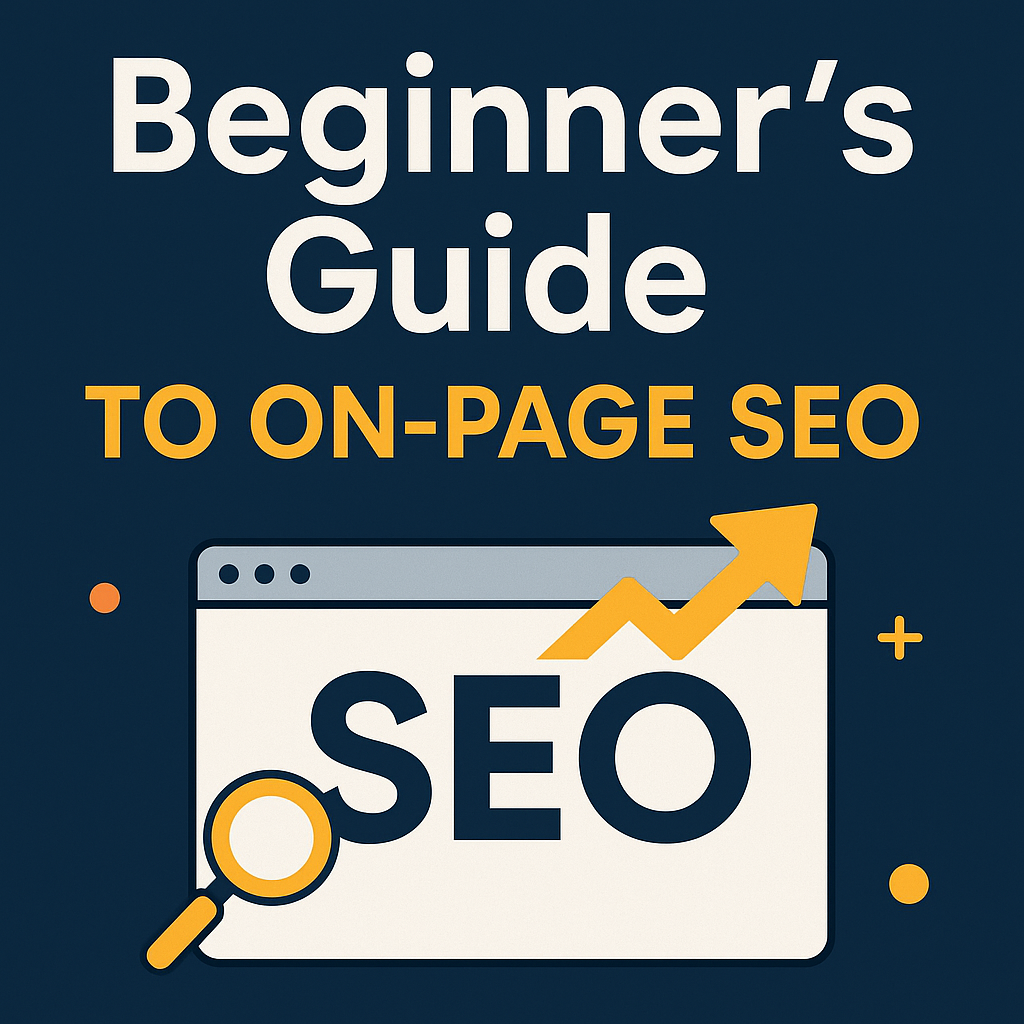In the ever-evolving world of digital marketing, one constant remains: backlinks are a vital pillar of search engine optimization (SEO). Whether you’re a startup, an established brand, or a content creator, mastering backlink strategies can dramatically elevate your website’s visibility, authority, and organic traffic.
This comprehensive guide explores the intricacies of backlinks, their impact on SEO, modern techniques for building high-quality links, and how to future-proof your strategy in a competitive digital landscape.
What Are Backlinks?
Backlinks—also known as inbound links or incoming links—are hyperlinks from one website to another. Think of them as votes of confidence. When a reputable site links to your content, it’s essentially endorsing your information as valuable, trustworthy, and relevant.
Search engines like Google interpret these links as signals of authority and quality. In simple terms, the more high-quality backlinks you earn, the more likely your website will rank higher in search engine results pages (SERPs).
Why Backlinks Matter for SEO
Backlinks are among the top-ranking factors for Google and other search engines. Their influence extends across several aspects of SEO:
- Authority Building: Each backlink from a reputable source increases your domain authority.
- Faster Indexing: Search engines use links to discover new pages. Backlinks help bots crawl and index your site more efficiently.
- Keyword Context: Anchor text (the clickable words in a hyperlink) helps search engines understand the topic of the linked page.
- Traffic Generation: Quality backlinks can drive referral traffic from other websites, expanding your reach and potential audience.
Smart Strategies for Earning High-Quality Backlinks
Not all backlinks are created equal. Here’s how to build a strong backlink profile that supports sustainable growth:
- Create Link-Worthy Content
Publish in-depth, original, and well-researched content that naturally attracts links. Tools like infographics, how-to guides, and industry case studies perform exceptionally well. - Leverage the Skyscraper Technique
Identify popular content in your niche, improve upon it, and reach out to sites linking to the original to suggest your superior resource as an alternative. - Guest Posting on Relevant Sites
Contribute valuable articles to high-authority websites within your industry. This not only earns backlinks but also exposes your brand to new audiences. - Participate in Online Communities
Engage in forums, Q&A platforms like Quora, and comment sections of reputable blogs. Share insights with the occasional, contextually relevant link back to your site. - Collaborate with Influencers and Experts
Partnering with industry leaders to co-create content expands your link opportunities via their networks and publications.
Avoiding Toxic Backlink Practices
While building backlinks is important, doing it wrong can harm your SEO. Avoid these practices:
- Buying bulk backlinks
- Using link farms or Private Blog Networks (PBNs)
- Excessive reciprocal linking
- Auto-generated links through spammy software
- Stuffing links into irrelevant blog comments
These black-hat methods can lead to search engine penalties and a drastic drop in rankings.
Evaluating Backlink Quality
Quality matters more than quantity. When analyzing backlinks, consider:
- Domain Authority: Use tools like Moz, Ahrefs, or SEMrush to assess the credibility of linking domains.
- Relevance: A link from a related industry site carries more SEO value.
- Placement: In-content links are generally more impactful than those in footers or sidebars.
- Anchor Text Variety: Over-optimizing anchor text with exact keywords can backfire. Use a natural mix of branded, generic, and contextual anchors.
Disavowing Harmful Links
If your site attracts low-quality or spammy backlinks, you can use the Google Disavow Tool through Search Console to tell Google to ignore them. This helps maintain a clean backlink profile and protects you from algorithm penalties.
Integrating Backlink Building into Your SEO Ecosystem
Backlink building isn’t an isolated activity. Combine it with:
- Technical SEO: Ensure your site loads quickly, is mobile-friendly, and has clean code architecture.
- Content Optimization: Use keyword-rich headings, meta descriptions, and structured data.
- Local SEO: For brick-and-mortar businesses, prioritize backlinks from local directories and publications.
- User Experience: A fast, intuitive, and visually appealing website boosts engagement and linkability.
Measuring Backlink Success
To track your backlink strategy, focus on these key performance indicators:
- Number of referring domains
- Link authority metrics (DA/DR)
- Anchor text distribution
- Organic traffic changes
- Ranking improvements for targeted keywords
Regular audits will help refine your approach and maintain healthy link equity.
Challenges and Solutions in Backlink Building
Backlinking can be tough, especially for new or small websites. Here are common hurdles and how to overcome them:
- Limited Resources: Focus on evergreen content that compounds in value over time.
- Fierce Competition: Target long-tail keywords and niche communities.
- Slow Growth: Be patient. Authentic backlink building is a long-term investment.
- Algorithm Updates: Stay updated on Google’s algorithm changes to adjust your strategies.
Advanced Link Building Techniques
Ready to take your backlink game to the next level?
- Broken Link Building: Find broken links on relevant sites and offer your content as a replacement.
- Content Repurposing: Convert blog posts into videos, podcasts, or slide decks and share them across platforms.
- Digital PR: Pitch newsworthy stories about your brand to journalists and bloggers.
- Data-Driven Content: Use unique research and statistics to earn citations and backlinks.
The Future of Backlinks and SEO
As AI and user behavior shape search engines, here’s what to expect:
- User Intent Focus: Content that meets searchers’ needs will outrank even heavily linked pages.
- AI-Powered Search: Search engines will continue to use machine learning to interpret link quality and content relevance.
- Voice and Visual Search Optimization: Adapting content for these new search formats will open fresh backlinking opportunities.
- Social Signals: Engagement from social platforms might increasingly influence backlink value.
Final Thoughts: Build Backlinks That Last
Backlink building is both an art and a science. It requires creativity, consistency, and a deep understanding of your audience and industry. Rather than chasing shortcuts, focus on long-term value—create exceptional content, build real relationships, and align every link with your broader SEO goals.
Stay informed, stay ethical, and stay active. That’s the formula for backlink success in 2025 and beyond.

